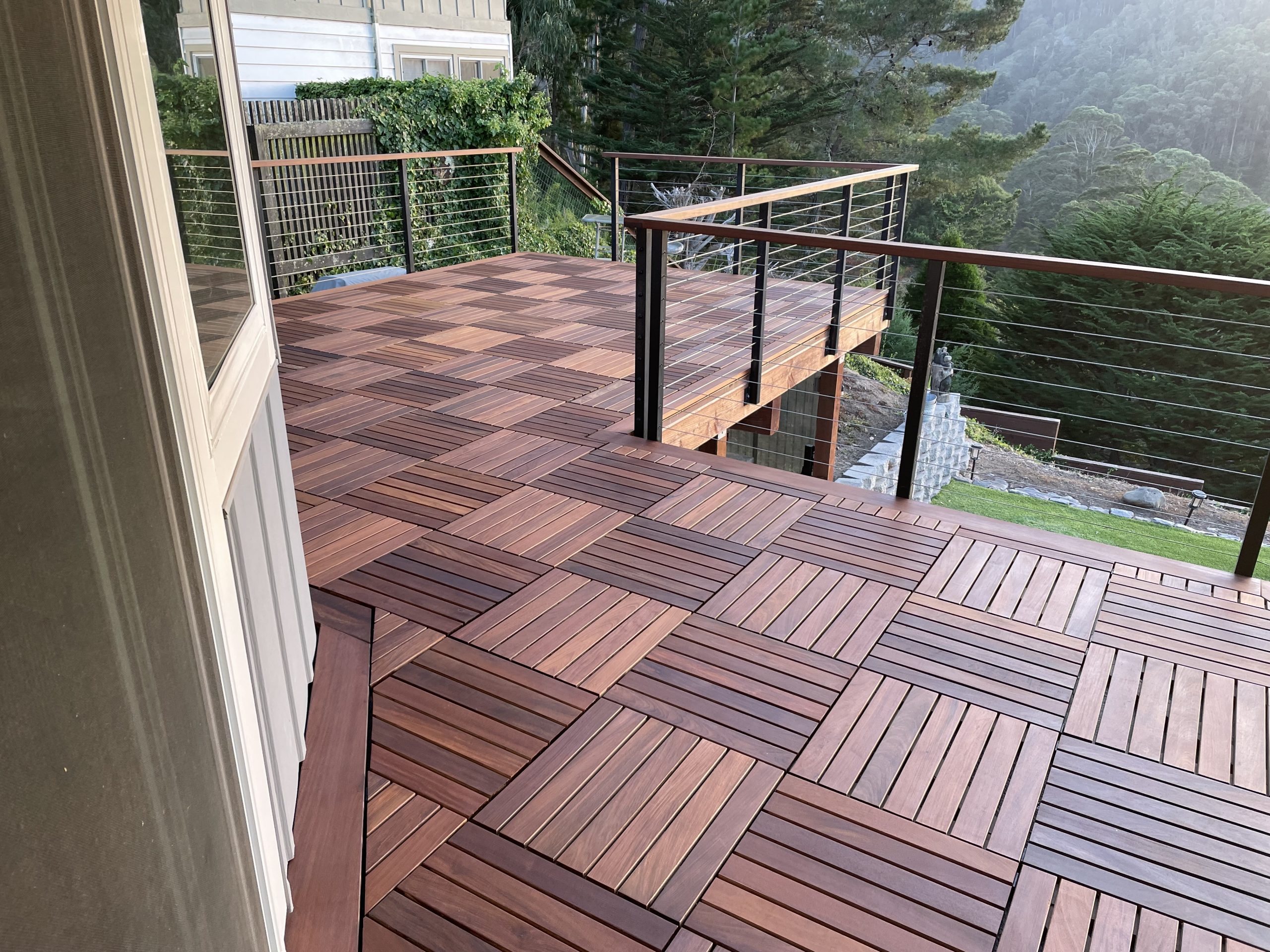Decks are a popular addition to many homes, providing an outdoor space for relaxation, entertainment, and enjoying the beauty of nature. However, safety is a paramount concern when it comes to deck construction, and one of the key safety features of any deck is the railing.
But when exactly is a railing required on a deck? In this blog post, we’ll explore the guidelines and regulations surrounding deck railings to help you ensure your deck is both safe and compliant.
Building Codes and Regulations
The requirements for deck railings are primarily determined by local building codes and regulations, which can vary depending on your location.
Generally, these codes are based on the International Residential Code (IRC) in the United States, which provides a standard for safe deck construction. According to the IRC, a deck requires a railing when the following conditions are met:
- Height: If the deck is more than 30 inches above the ground or adjacent grade level, a railing is required. This height is measured vertically from the surface of the deck to the ground or grade level below.
- Stairs: If your deck has stairs with four or more risers (steps), a handrail is required on at least one side of the stairway. The handrail should be between 34 and 38 inches above the stair treads. Some towns will require a graspable handrail which is usually a round handrail that attaches to the deck posts.
- Open Sides: Any open sides of a deck that are more than 30 inches above the ground or adjacent grade level must have a railing.
Railing Specifications
When a railing is required, it must meet certain specifications to ensure safety:
- Height: The minimum height for deck railings is typically 36 inches for residential decks. However, some local codes may require a height of 42 inches, especially for commercial or multi-family buildings.
- Strength: Railings must be able to withstand a minimum lateral force of 200 pounds applied at any point and in any direction along the top rail.
- Baluster Spacing: The space between balusters (the vertical components of the railing) should be less than 4 inches to prevent small children from slipping through.
- Guardrail Openings: Any openings in the guardrail (the part of the railing that prevents falls) should not allow the passage of a 4-inch diameter sphere, again to protect small children.
Exceptions and Considerations
While the above guidelines cover most situations, there are exceptions and additional considerations to keep in mind:
- Low Decks: Decks that are less than 30 inches above the ground may not require railings, but it’s still important to consider safety, especially if there are young children or elderly individuals in the household.
- Local Variations: Always check with your local building department for any variations or additional requirements specific to your area.
- Aesthetics and Design: While safety is the primary concern, railings also contribute to the overall aesthetic of your deck. Choose a design and materials that complement your home and outdoor space.
Deck Railing Kits

If you determine a railing is required for your deck the easiest solution is to buy a ready to install deck railing kit. Deck railing kits like the TimberTech Impression Rail Express come with all the balusters preinstalled. All you need to do is install your posts and cut the panel kit to length if needed. Then install the railing hardware on the posts and attach the panels and top rail pieces and your railing is done.
Conclusion
Understanding when a railing is required on a deck is crucial for ensuring the safety of your outdoor space. By adhering to building codes and regulations, you can create a deck that is not only enjoyable but also secure for all who use it. If you’re planning a deck project, be sure to consult with local building authorities and professionals to ensure compliance and safety. If you do need a railing consider buying a deck railing kit as they me installation much faster and easier.
